As we continue to explore the idea of creating icons, we’ve shifted focus to two of the most influential figures in the fight for civil rights in America: Malcolm X and Martin Luther King Jr. While American pop culture has a unique way of crafting larger-than-life figures, my connection to these individuals goes beyond that of political interest. As someone of mixed heritage, with a mother from the England and a father from the Barbados, race relations in America have always been a topic close to my heart. This project doesn’t focus solely on the work they did-which was monumental-but rather on the way these men were transformed into symbols of hope, resistance, and change.
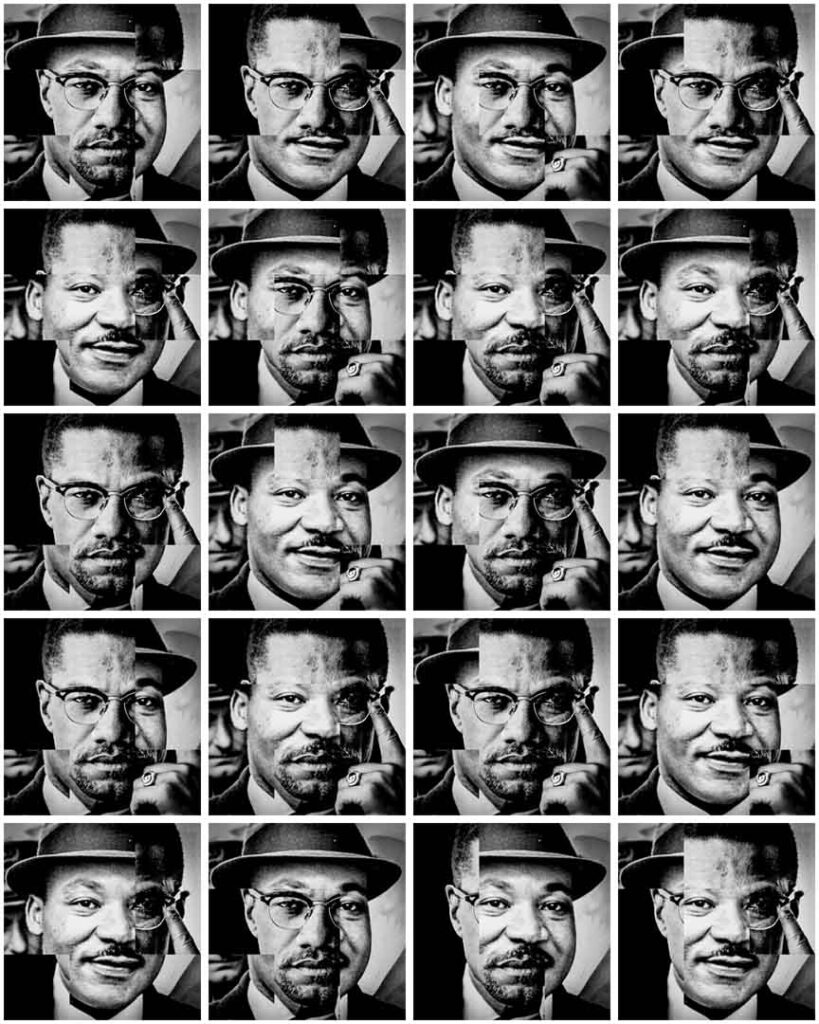
Both Malcolm X and Martin Luther King Jr. have been immortalised as almost mythic figures, yet they were human beings confronting real and pressing societal issues. This project aims to objectively examine how society elevates individuals into “superheroes,” sometimes placing impossible expectations on them. By deconstructing their images using our signature grid system, we look at how their legacies are built, fragmented, and pieced back together in the public consciousness.
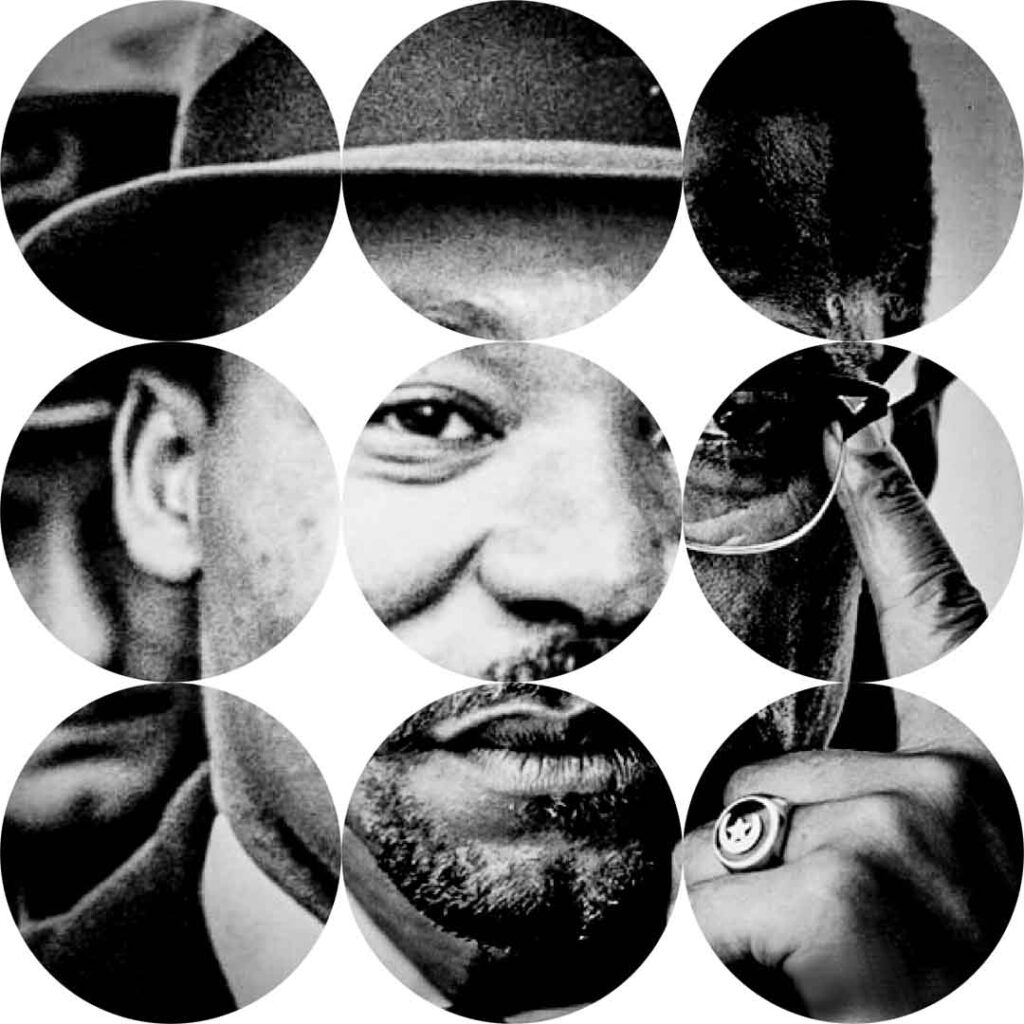
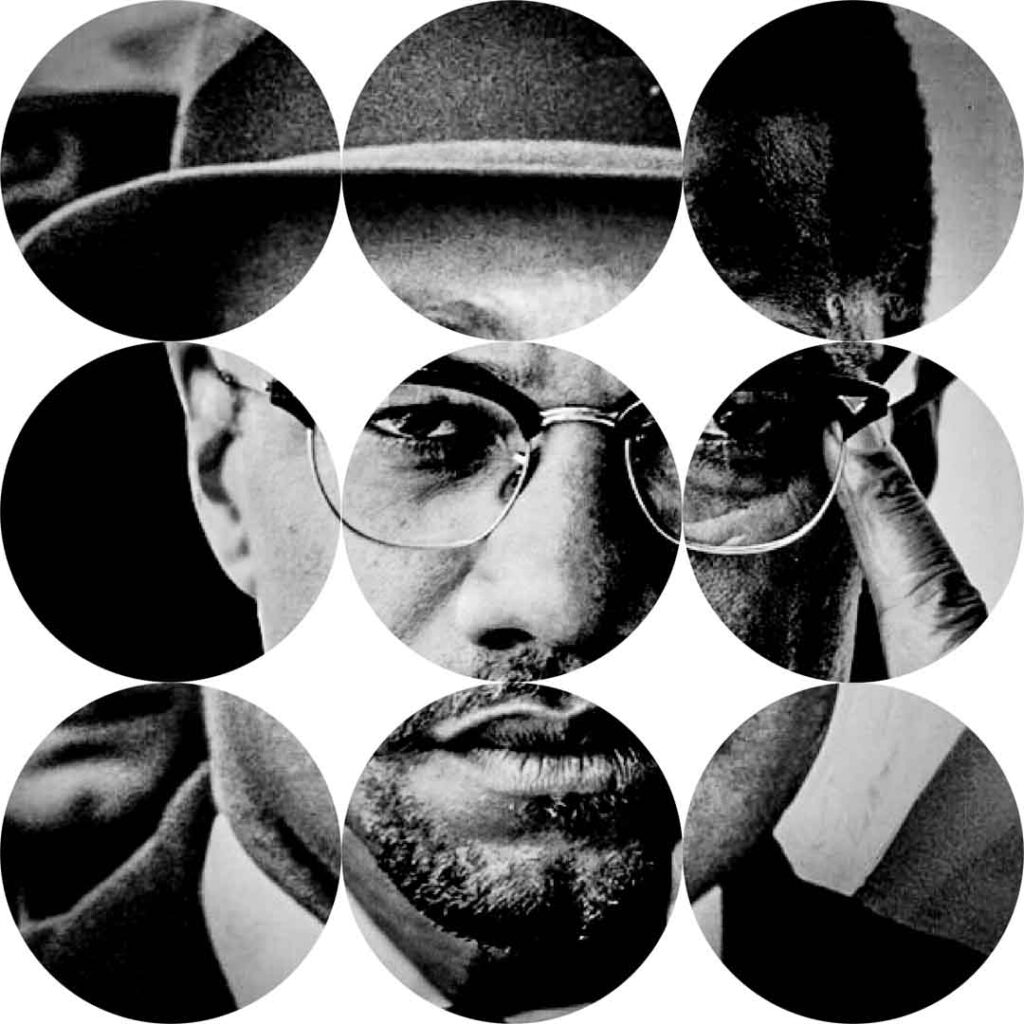
In this body of work, we took iconic portraits of Malcolm X and Martin Luther King Jr. and broke them down into a series of grids, then explored compositions using both squares and circles. The phrase “putting a round peg in a square hole” comes to mind-it made us think about how society tries to fit these extraordinary figures into roles or expectations that may not exist or even make sense. The process of trying to force them into neatly defined categories or narratives speaks to the complexity of their lives and legacies, and how history reshapes them over time.
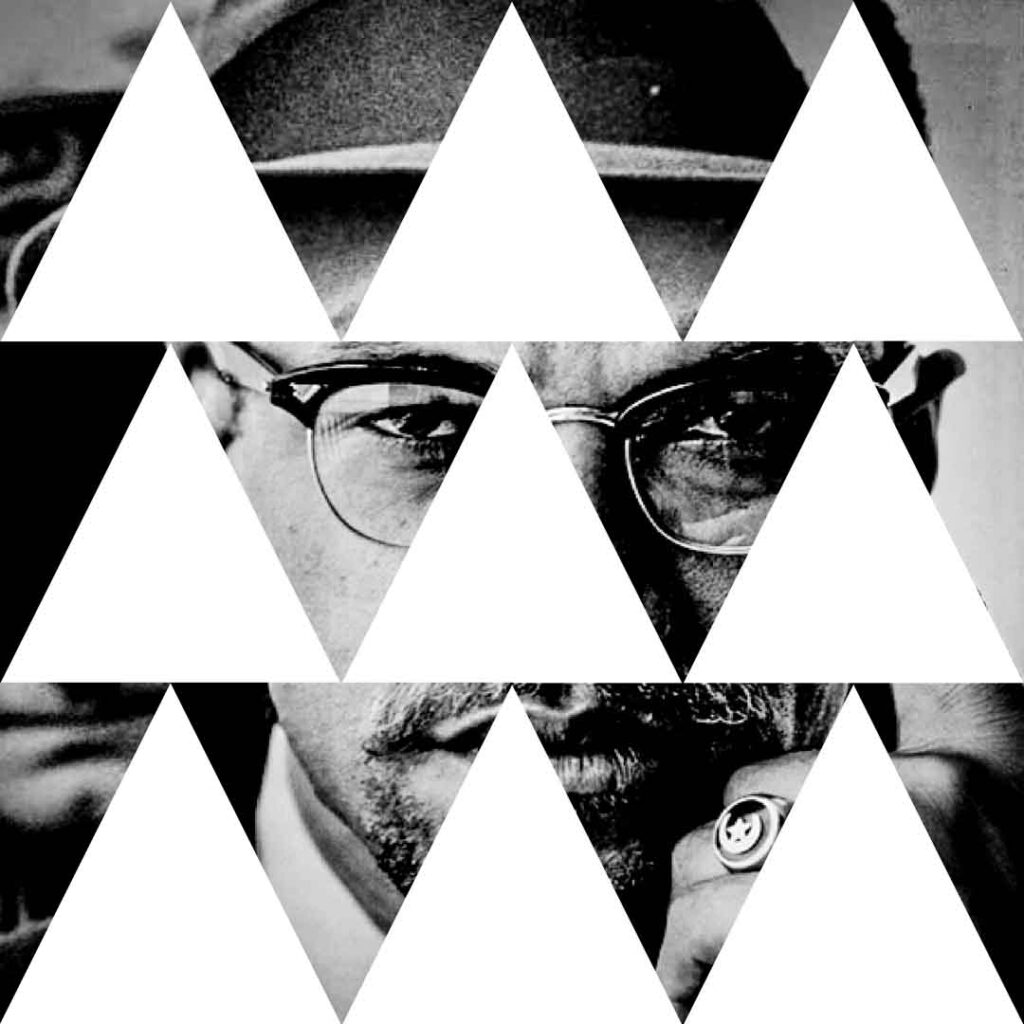
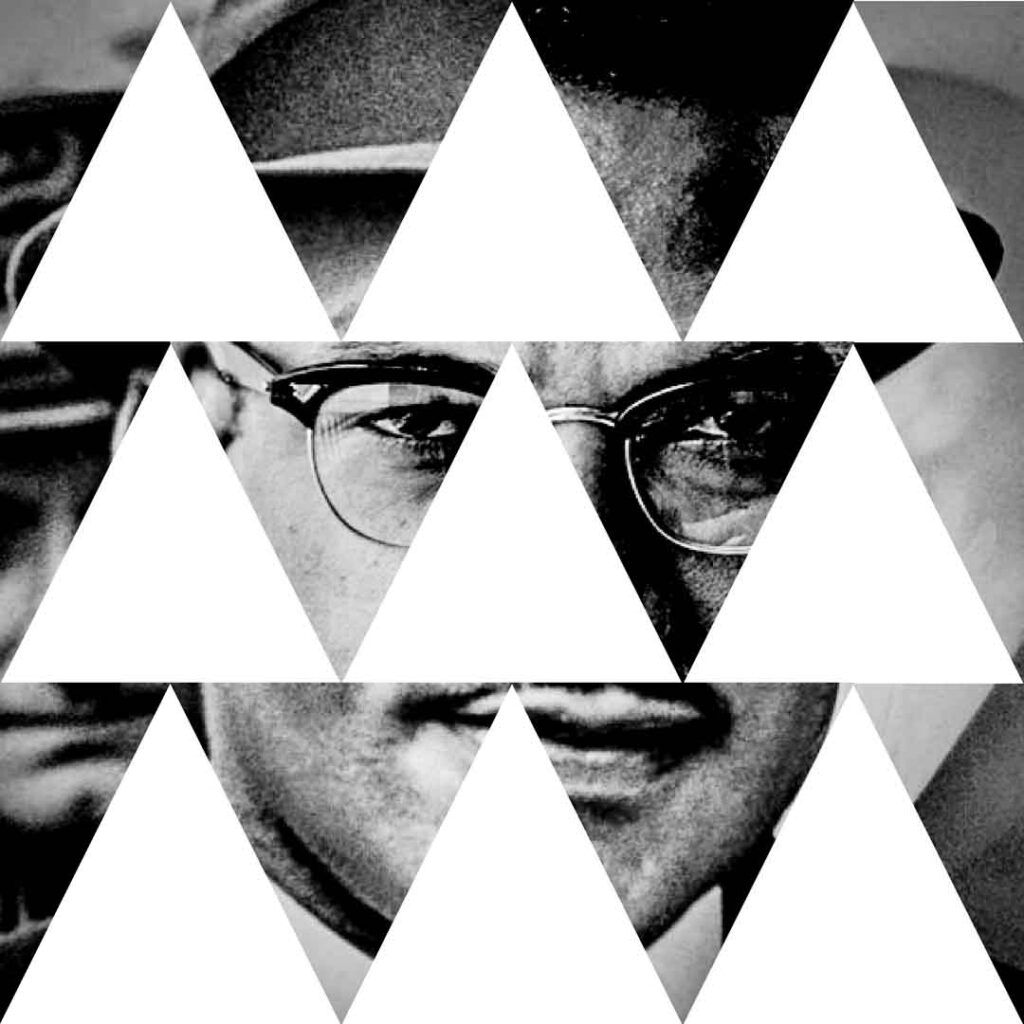
Through this project, we invite the viewer to reflect on how we attempt to simplify, categorise, and even distort figures of greatness, especially when they’ve challenged the very fabric of society. The reconstructed images serve as a metaphor for the fragmented nature of legacy, highlighting both the immense respect for their achievements and the tendency to turn people into symbols that might never fully represent their true complexity.